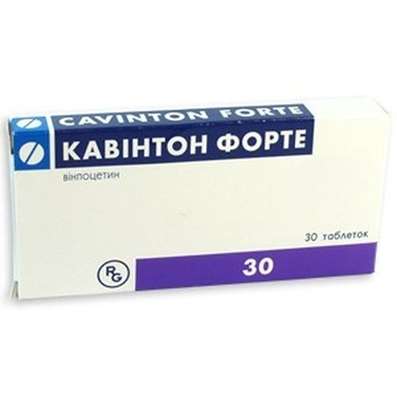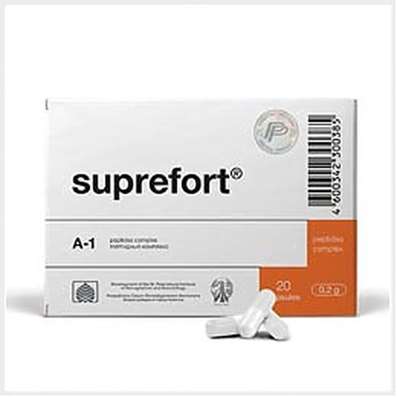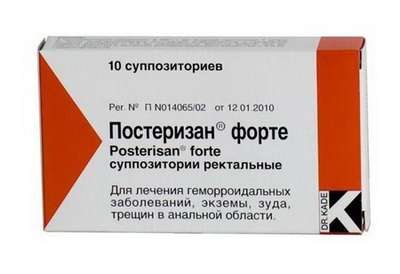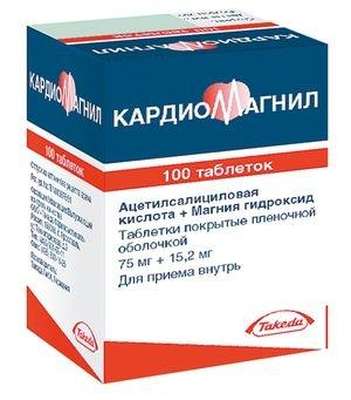Instruction for use: Phenazepam tablets
I want this, give me price
Trade name of the drug – Phenazepam tablets
Active substance: Bromdihydro-chlorphenyl-benzodiazepine (Bromdihydro-chlorphenyl-benzodiazepinum)
Chemical rational name: 7-Bromo-5- (2-chlorophenyl) -1,3-dihydro-2H-1,4-benzodiazepin-2-one
Dosage Form: tablets
Composition1 tablet contains Phenazepamum 0.0005 or 0.001 g; Blister of 10 units.
Description of Phenazepam tablets
Tablets are white, flat-cylindrical, with a facet. Anxiolytic of Group Benzodiazepines.
Pharmacotherapeutic group: Anxiolytic (tranquilizer)
ATX Code
N05BX Anxiolytics other
The nosological classification (ICD-10)
F10.3 abstinence: Alcohol withdrawal syndrome; abstinence symptom; Abstinence syndrome in alcoholism; abstinence; alcohol abstinence; alcohol withdrawal; Alcohol abstinence; Alcohol withdrawal syndrome; withdrawal disorder; withdrawal state; alcohol withdrawal syndrome; withdrawal syndrome; The syndrome of alcohol abstinence; alcohol withdrawal syndrome; Status of abstinence.
F42 Obsessive-compulsive disorder: Obsessive-compulsive syndrome; Obsessive compulsive disorders; Obsessional neurosis; Obsessive-compulsive neurosis; Obsessive-compulsive syndrome; obsessions; obsessional syndrome
F48 Other neurotic disorders: Neurosis; Neurological diseases; Neurotic disorders; Neurotic state; Psychoneurosis; Anxious-neurotic state; Chronic neurotic disorders; Emotional reactive disorder.
G40 Epilepsy: Atypical seizures; atonic seizures; Large seizures; Large seizures in children; Large seizures; generalized absence seizures; Jacksonian epilepsy; Diffuse large seizure; diencephalic epilepsy; Cortical and non-convulsive forms of epilepsy; Primary generalized seizures; Primary generalized seizures; Primary generalized seizure; Primary generalized tonic-clonic seizure; Piknoleptic absence; Repeated seizures; Fit generalized; Fit convulsive; Refractory epilepsy in children; Sophisticated seizures; Mixed seizures; Mixed forms of epilepsy; convulsive states; seizures; Spasmodic state; Convulsive forms of epilepsy; Epilepsy grand mal; seizures.
G47.0 Disorders of falling asleep and maintaining sleep [insomnia]: Insomnia; Insomnia, especially difficulty falling asleep; desynchronosis; Prolonged sleep disturbance; Difficulty falling asleep; Difficulty falling asleep; Difficulty falling asleep; insomnia; Short-term and transient insomnia; Short-term and chronic sleep disorders; Short or shallow sleep; Violation of sleep; Disturbed sleep, especially in the phase of falling asleep; Infringements sleep; sleep disturbances; Neurotic sleep disturbance; Shallow superficial sleep; shallow sleep; Poor quality of sleep; Night awakening; Night waking; Sleep Pathology; Postsomnic violation; transient insomnia; Trouble falling asleep; Early awakening; Early morning awakening; Early awakening; sleep disorder; somnipathy; persistent insomnia; difficult to fall asleep; difficulty falling asleep; Difficulty falling asleep in children; persistent insomnia; Worsening sleep; chronic insomnia; Frequent night and / or early morning awakening; Frequent nocturnal awakening and feeling shallow sleep.
Z100 * CLASS XXII Surgical practice: Abdominal surgery; adenomectomy; Amputation; Coronary angioplasty; Angioplasty of the carotid arteries; Antiseptic skin treatment for wounds; Antiseptic Hand Appendectomy; atherectomy; Balloon coronary angioplasty; Vaginal hysterectomy; The coronary bypass; Interventions in the vagina and cervix; Interventions on the bladder; Intervention in the mouth; Restoration and reconstructive surgery; Hand hygiene of medical personnel; Gynecologic surgery; Gynecological intervention; Gynecological surgery; Hypovolemic shock during operations; Disinfection of purulent wounds; Disinfection of wounds edges; Diagnostic intervention; Diagnostic procedures; Cervical Diathermocoagulation; Long-surgery; Replacing the fistula catheters; Infection in orthopedic surgery; Artificial heart valve; cystectomy; Short-term outpatient surgery; Short-term operation; Short surgical procedures; Blood loss during surgery; Bleeding during surgery and in the postoperative period; Kuldotsentez; laser photocoagulation; laser coagulation; retinal laser coagulation; Laparoscopy; Laparoscopy in Gynecology.
Pharmacological Properties of Phenazepam tabletsPharmachologic effect
Mode of action - an anticonvulsant, anxiolytic, sedative.
Associated with the benzodiazepine receptors and causes an increase in GABAergic effects.
Indications for Phenazepam tablets
Neurosis, obsessive-compulsive disorder, epilepsy, insomnia, alcohol withdrawal, premedication.
Contraindications for Phenazepam tablets
Severe liver and kidney damage, myasthenia gravis, pregnancy.
Phenazepam tablets Dosage and Administration
Inside, adults - 0,00025-0,0005 g 2-3 times a day, as a hypnotic - at 0,00025-0,001 g for 20-30 minutes before bedtime. The maximum daily dose - not more than 0,01 g
Side effect of Phenazepam tablets
Dizziness, drowsiness, muscle weakness, impaired coordination of movements.
Pregnancy and breast-feeding
Contraindicated during pregnancy.
Overdose of Phenazepam tablets
Symptoms: severe drowsiness, prolonged confusion, decreased reflexes, prolonged dysarthria, nystagmus, tremor, bradycardia, dyspnea or shortness of breath, decreased blood pressure, coma.
Treatment: gastric lavage, activated charcoal. Symptomatic therapy (maintenance of respiration and blood pressure), administration of flumazenil (in the hospital). Hemodialysis - is ineffective.
Interaction
It enhances the effect of hypnotics, narcotics and anticonvulsants, ethanol.
SPECIAL INSTRUCTIONS for Phenazepam tablets
When side effects, discontinue use and consult a doctor. Do not take during transport drivers and patients, the profession which requires quick mental and physical reactions.
Storage conditions of Phenazepam tablets
In a dry, dark place at a temperature no higher than 25 ° C.
Keep out of the reach of children.
Shelf life
3 years.
Do not use beyond the expiration date printed on the package.
Conditions of supply of pharmacies
On prescription.

 Cart
Cart





